Visual Aids in the Productions of the First Piscator-Bühne 1927-28
Extraits
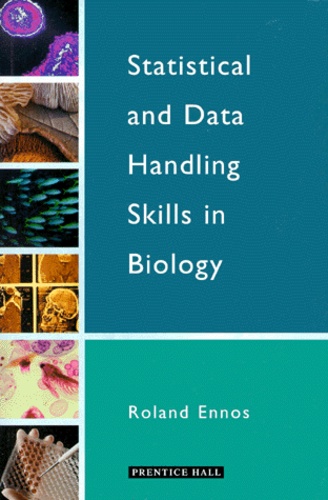
Mathématiques
Statistical and Data Handling Skills in Biology
01/2000
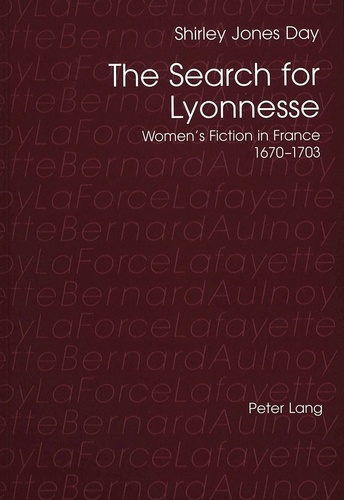
Non classé
The Search for Lyonnesse
07/1999

Mathématiques
ORIENTED MATROIDS. Second Edition
01/1999
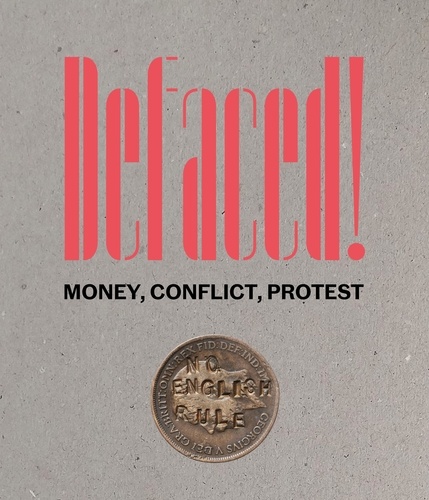
Monographies
Defaced! Money, Conflict, Protest
12/2022

Beaux arts
Italian Maiolica and Other Early Modern Ceramics in the Courtauld Gallery
03/2023

Histoire et Philosophiesophie
Thinking about Physics
01/2000
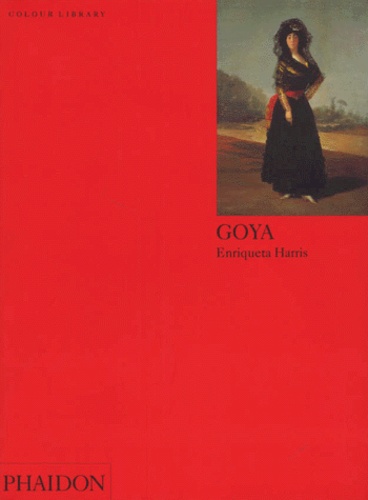
Beaux arts
GOYA. Edition en anglais
01/1994

12 ans et +
Les 8 royaumes mortels Tome 1 : La cité de Pierre-de-Vie
06/2019

Non classé
Style and Rhetoric in Bertrand Russels's Work
12/1983

Non classé
A Mirrour of Mutabilitie
01/1991
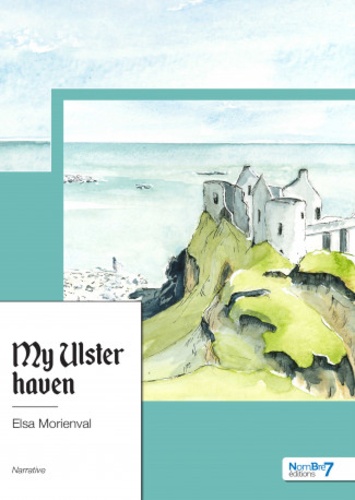
Littérature française
My Ulster haven
02/2022

Non classé
Ruling Class Men
02/2007
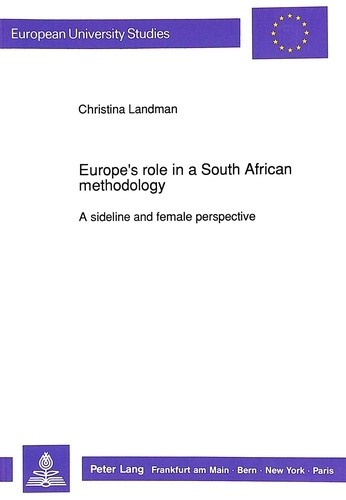
Droit
Europe's Role in a South African Methodology
12/1991

Critique littéraire
Ancient Greek by Its Translators
02/2022
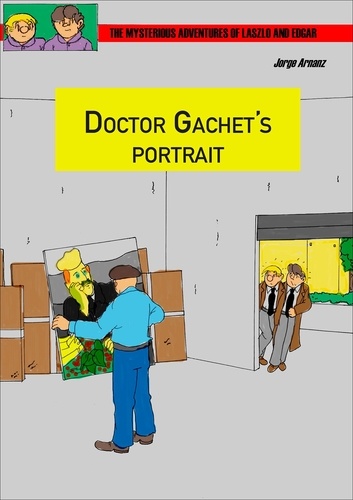
BD tout public
Doctor Gachet's portrait
01/2014
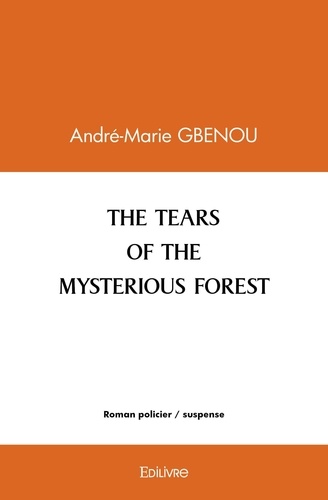
Romans policiers
The tears of the mysterious forest
12/2021
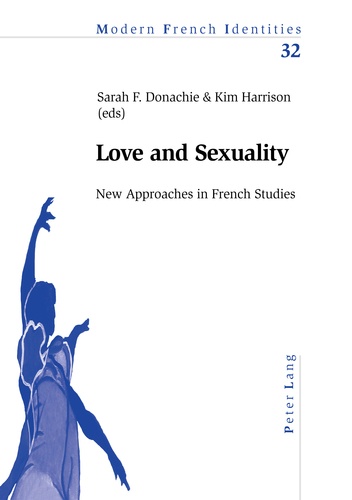
Non classé
Love and Sexuality
07/2005
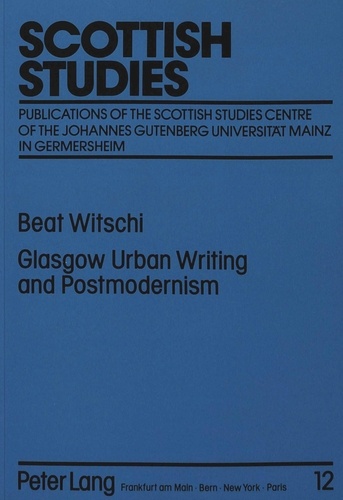
Religion
Glasgow Urban Writing and Postmodernism
04/1991
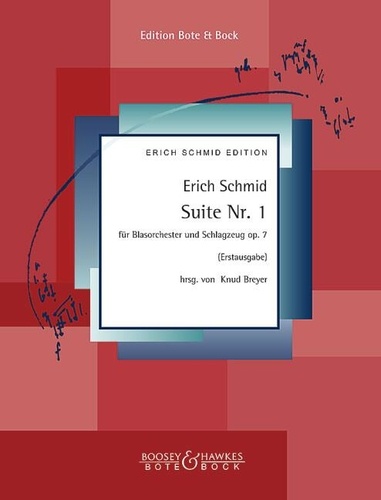
Instruments de musique
Suite Nr. 1. Für Blasorchester und Schlagzeug. Volume IX opus 7. wind band and percussion
04/2023

Non classé
How Judaism reads the Torah, III
09/1993

Anglais apprentissage
Acacia thorn in my heart
09/2001
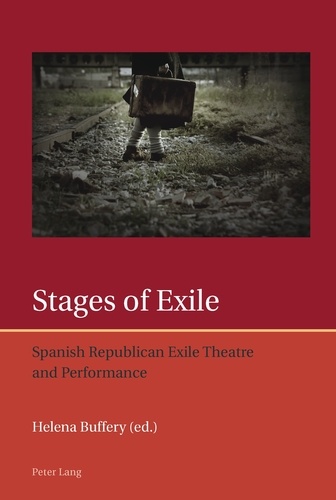
Non classé
Stages of Exile
09/2011

Romans, témoignages & Co
The Black Kids
06/2021
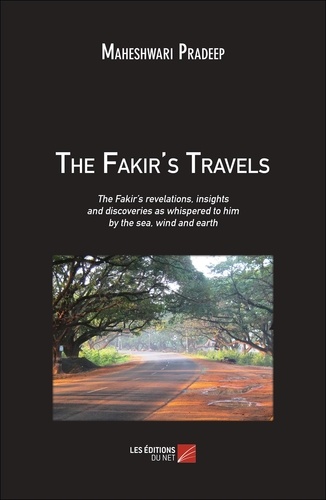
Sociologie
The Fakir's Travels
04/2014
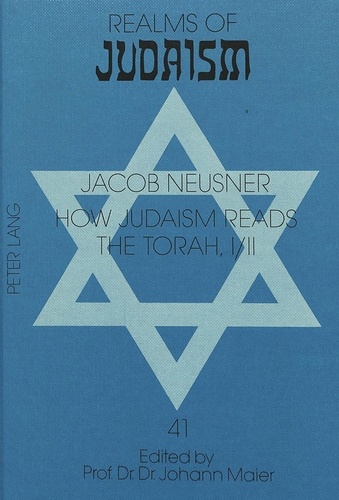
Non classé
How Judaism reads the Torah I / II
10/1993

Shonen/garçon
Seraph of the end Tome 28
03/2024
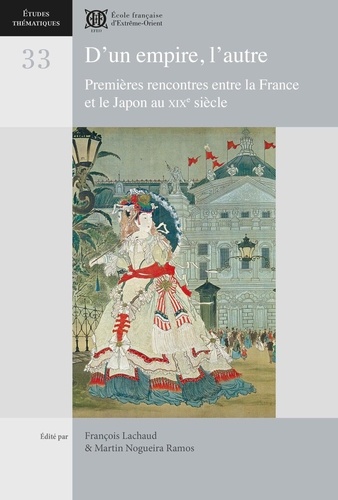
Japon
D’un empire, l’autre. Premières rencontres entre la France et le Japon au XIXe siècle
10/2021

Histoire internationale
After The Last Ship
04/2014

Non classé
Brides on Sale
04/2015
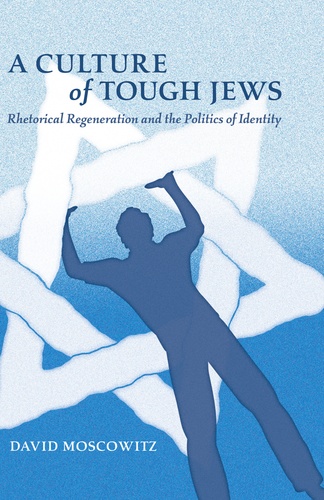
Non classé
A Culture of Tough Jews
10/2014

